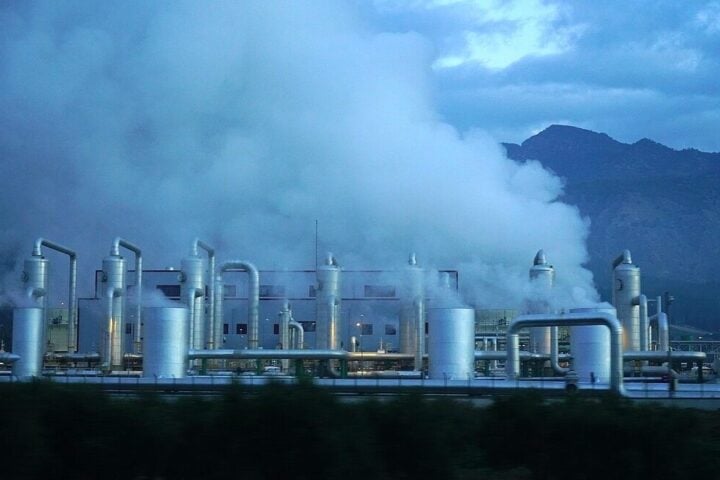In the quiet of our bustling cities, a silent threat looms in the air we breathe. Recent research in the prestigious journal Science has unveiled a startling truth: air pollution particles from coal-fired power plants are far more hazardous to human health than previously understood. The findings of Lucas Henneman and colleagues reveal an alarming link between these emissions and premature deaths, shedding new light on an old energy source.
Henneman’s study meticulously tracked sulfur dioxide emissions from 480 U.S. coal power plants. Linking these emissions to Medicare death records of Americans over 65, the study reveals a staggering statistic: coal plant pollutants were associated with nearly half a million premature deaths from 1999 to 2020. What makes coal air pollution particularly insidious is its complex chemical makeup. When coal burns, it releases a mix of carbon, hydrogen, sulfur, and even metals, forming PM2.5 – tiny particles that penetrate deep into the lungs.
Decline in Annual Average Coal PM2.5 Concentration (1999-2020)
Description: This chart illustrates the significant decrease in the annual average concentration of coal PM2.5 in the U.S. from 2.34 mg/m³ in 1999 to 0.07 mg/m³ in 2020.
These revelations compel us to rethink our energy policies and consumption habits. The study not only highlights the immediate health risks but also underscores the broader implications for public health and environmental policy. It asks us to consider the ethical dimensions of energy production and the invisible costs borne by the most vulnerable in our society.
Similar Posts
This issue intersects various fields. Environmental scientists focus on ecological damage, while public health experts underline direct health impacts. Economists point to the hidden costs in healthcare expenses and lost productivity. The study’s comprehensive approach, linking atmospheric science with health data, offers a multidisciplinary understanding of the problem.
Consider the story of communities living in the shadow of coal plants, suffering from higher rates of asthma and other respiratory illnesses. These are not just numbers; they are lives impacted daily by the choices we make about how we power our world.
Estimated Excess Deaths Due to Coal PM2.5 (1999-2020)
Description: This chart shows the estimated number of excess deaths attributable to coal PM2.5 in the U.S., totaling approximately 460,000 deaths from 1999 to 2020.
The study’s detail is meticulous. Using the HyADS model, the researchers estimated exposure to coal PM2.5 from 1999 to 2020. They found that exposure to coal PM2.5 was associated with 2.1 times greater mortality risk than PM2.5 from all sources. In 1999, there were 55,000 deaths attributable to coal air pollution in the U.S.; by 2020, this number had dropped to 1,600, thanks to regulations compelling operators to install emissions scrubbers and shut down many plants.
The study offers a silver lining. The sharp decline in annual deaths associated with U.S. coal power plants since the mid-2000s highlights the effectiveness of environmental regulations and technological advancements. However, while the U.S. sees a decrease in coal dependency, the global trend is different, emphasizing the need for international policy action.
Henneman’s study is a wake-up call, revealing the hidden health toll of coal power plants. It underscores the urgent need for policy action and a shift towards cleaner energy sources. As we reflect on these findings, it becomes clear that the true cost of coal is measured not just in economic terms, but in human lives.


















